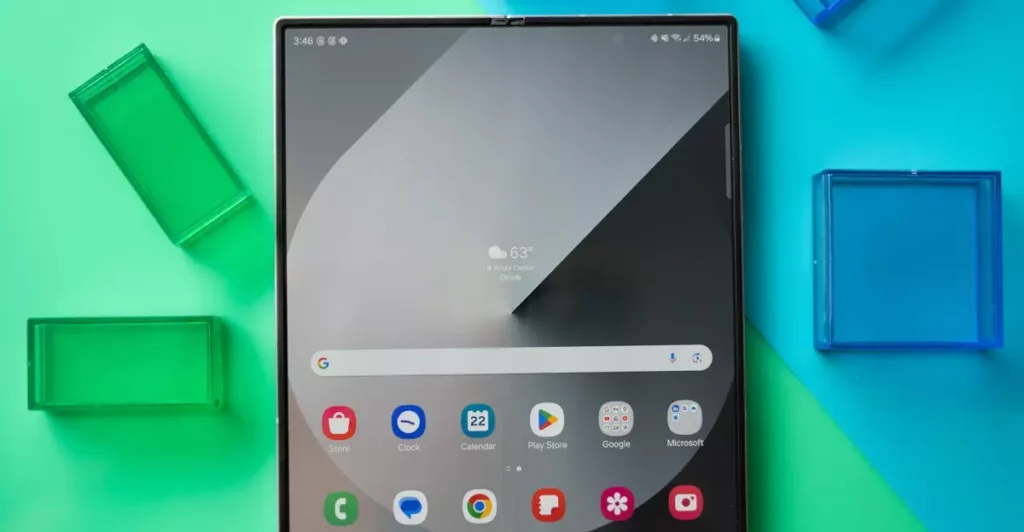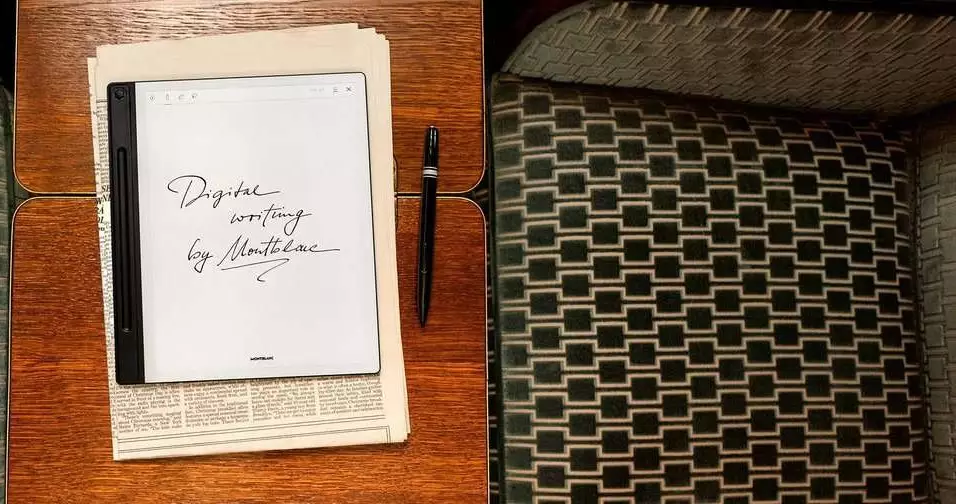Samsung’s relentless pursuit of foldable technology has positioned it at the forefront of a market that many hope will revolutionize how we interact with smartphones. Yet, beneath the sleek exterior and glossy marketing lies a harsh reality: foldables remain an expensive gamble with uncertain practicality. While the tech giant spins tales of future ubiquity, the truth is that these devices are still largely perceived as premium gadgets for early adopters—luxury items that cater more to enthusiasts than to everyday consumers. The industry’s hype often obscures a stubborn set of flaws that continue to hinder mass acceptance.
The promise of foldable phones—more screen space without increasing device size—sounds compelling. But in practice, what we get are marginal improvements dressed up as breakthroughs. Minor design tweaks, a few enhanced specs, and superficial software updates do little to solve the underlying issues that plague these devices. Consumers are wary of investing large sums into what still feels like a fragile prototyping phase, especially when durability concerns persist. The narrative of innovation clashes with reality: these phones often suffer from dust ingress, scratches, and mechanical wear that make them more high-maintenance than their traditional counterparts.
This disconnect reveals a fundamental problem in how foldables are positioned in the market. They are marketed as futuristic, but they lack the reliability and robustness that define mainstream smartphones. Without a clear demonstration of durability—such as fully dust-proof, water-resistant foldables—most users see them as risky propositions. This scepticism fuels an ongoing cycle of hesitation and limited adoption, where only the most adventurous are willing to take the plunge, thereby creating a niche market rather than a dominant one.
Price and Perceived Value: The Main Barriers
One cannot overstate the impact of pricing on foldable phones’ stagnation. Despite Samsung’s attempts at diversifying its lineup with more affordable variants, the reality remains that even these “lower-cost” options often compromise on durability or features. When consumers see devices costing thousands of dollars, their expectations shift from curiosity to demand for proven reliability. They seek reassurance that their investment will last, that the device won’t fall apart after a few months of use.
The high price point positions foldables as luxury accessories, rather than functional tools integral to daily life. This perception is reinforced by the fact that many foldables, including Samsung’s flagship models like the Galaxy Z Flip 6 and Z Fold 6, primarily offer incremental upgrades. They are not transformative enough to justify upgrading for existing users or enticing new buyers. As long as the premium nature of these devices remains, they will continue to cater to a small, wealthier demographic rather than the mass market.
Furthermore, the heavier reliance on hardware tweaks over core innovation feeds skepticism. Consumers are increasingly aware that a device that is merely “more refined” isn’t enough. They want to see a quantum leap—something that fundamentally changes user experience, durability, and price-to-value ratio. Without this, foldables risk stagnating as niche luxury gadgets rather than becoming as ubiquitous as traditional smartphones.
Technological Hurdles and Consumer Skepticism
The durability challenge is perhaps the most significant obstacle standing between foldables and mainstream acceptance. Despite advances, foldable screens are still susceptible to everyday damages—pocket dust, accidental drops, scratches—that compromise their integrity. The promise of a water- and dust-resistant foldable smartphone remains elusive, with companies struggling to perfect the engineering needed to match the ruggedness of conventional flagship phones.
This inherent fragility erodes consumer confidence, especially among those who prioritize longevity and cost-effectiveness. When every drop or scratch could mean a costly repair or a shortened device lifespan, many consumers prefer to stick with tried-and-true slab smartphones. Samsung’s attempts to introduce more durable foldable models with better seals and protection have yet to meet the level of reliability set by traditional devices. The fear of having a costly repair or being forced into replacements hampers wider adoption.
The hesitation is compounded by stories of early failures and limited real-world testing. Buyers need tangible proof that foldable phones can withstand everyday wear and tear. Until manufacturers can achieve a true leap in durability—especially in dust and water resistance—foldables will remain a niche innovation, not a standard.
Potential and the Path Forward
Despite these hurdles, the future of foldable smartphones is not entirely bleak. Samsung’s recent leaks about a more refined Ultra model and a larger front display for the Z Flip 7 suggest an awareness of consumer demands for sleeker, more practical devices. These design improvements, aimed at making foldables less bulky and more reliable, could signal a shift toward mainstream viability. Yet, superficial enhancements alone won’t suffice; the industry must reimagine what these devices can be—durable, affordable, and genuinely useful.
What might catalyze change is the entry of mainstream technology giants like Apple. Their foray into foldables around 2026 could validate the segment, setting new standards for quality, reliability, and user experience. The mere fact that a mass-market brand with a reputation for durability and ecosystem integration enters the fray could accelerate innovation and reduce costs, making foldables more appealing to the average consumer.
However, relying on such a hypothesis is risky. True progression hinges on addressing the core issues: durability, affordability, and user trust. Companies need to innovate beyond incremental improvements and deliver foldable devices that truly integrate into daily life without fear of damages or costly repairs. Only then will foldables shed their “gadget of the future” label and become a practical, everyday choice.
Meanwhile, Samsung’s strategic efforts to diversify its lineup and refine the user experience are commendable, yet insufficient. Without a fundamental shift—redefining not just design but the entire value proposition—foldables will remain an underwhelming spectacle, appreciated more for their potential than their practicality. Achieving mass-market appeal demands more than just flash; it demands trust, durability, and true utility. Until that happens, foldables will continue to be a technological curiosity—promising greatness, but forever dangling on the brink of relevance.









Leave a Reply